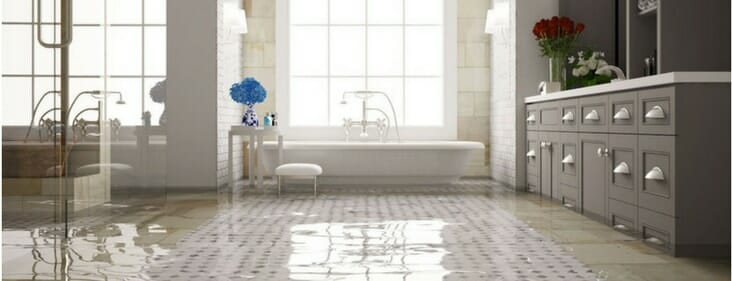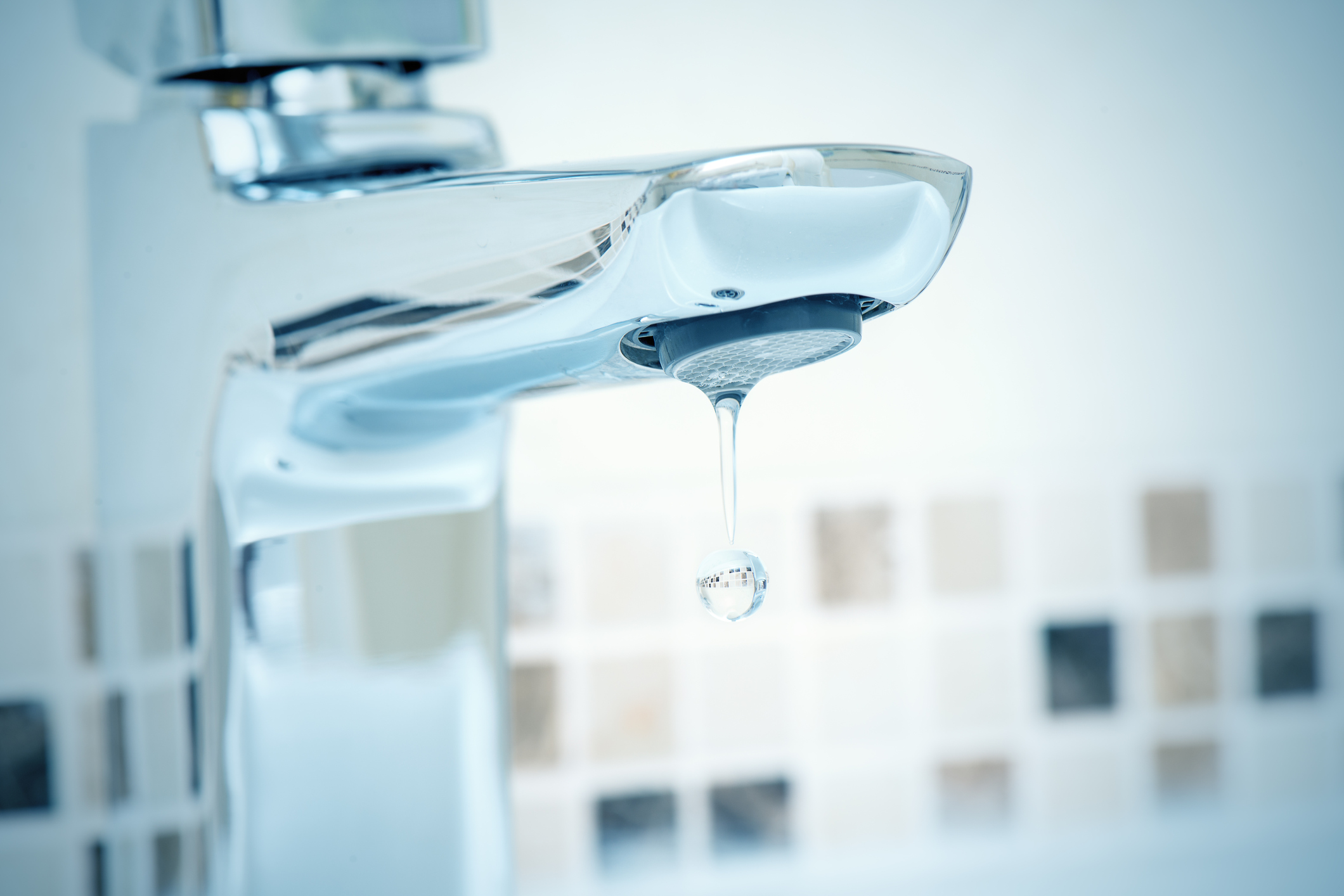How Moisture Causes Bathroom Water Damage
How Moisture Causes Bathroom Water Damage
Blog Article
Everyone may have their own individual notions when it comes to How to Repair and Prevent Bathroom Water Damage?.

Water damage often occurs in the bathroom due to the water made use of day-to-day. Often, the damage could be a little mold and mildew from the shower. Other times, it's huge damages on your flooring. Whatever it is, it is constantly great to understand the reason as well as prevent it prior to it occurs.
This guide will experience some of the typical root causes of water damage in the bathroom. We will certainly additionally analyze what you can do to prevent these causes from damaging your washroom. Let's dive in.
These are the common reasons you would have water damage in your restrooms as well as how you can detect them:
Excess Wetness
It's great to have that lengthy shower and dash water while you dance around and also act like you're carrying out, but often these acts can create water damage to your shower room.
Splashing water around can trigger water to head to edges and create mold and mildews. See exactly how you spread excess dampness around, as well as when you do it, clean it up to avoid damages.
Splits in your wall floor tiles
Shower room wall surface ceramic tiles have been specially designed for that function. They protect the wall from dampness from people taking showers. Nonetheless, they are not unbreakable.
Sometimes, your washroom wall tiles split as well as enable some wetness to leak right into the wall surface. This could possibly damage the wall if you don't take any kind of action. If you see a crack on your wall ceramic tiles, fix it promptly. Do not wait till it damages your wall.
Overruning commodes and also sinks
As people, sometimes we make mistakes that can trigger some water damage in the washroom. For instance, leaving your sink faucet on could create overruning and also damages to other parts of the washroom with moisture.
Also, a malfunctioning bathroom might trigger overflowing. For example, a damaged toilet take care of or other parts of the cistern. When this happens, it could harm the floor.
As quickly as you observe an overruning sink or toilet, call a plumbing professional to help handle it immediately.
Ruptured or Dripping Pipelines
There are many pipes lugging water to different parts of your restroom. Some pipes take water to the commode, the sink, the faucets, the shower, and numerous other locations. They crisscross the tiny location of the bathroom.
Occasionally, these pipes could get corroded and also ruptured. Other times, human action can trigger them to leakage. When this happens, you'll find water in the corners of your shower room or on the wall surface.
To identify this, watch out for bubbling walls, molds, or mildew. Call a professional emergency situation plumber to fix this when it happens.
Roofing Leaks
Sometimes, the problem of water damage to the bathroom might not originate from the washroom. As an example, a roof covering leak might trigger damages to the washroom ceiling. You can detect the damages done by taking a look at the water spots on the ceiling.
If you find water stains on your ceiling, check the roof covering to see if it's harmed. After that, call an expert to help solve the issue.
Conclusion
Water damage to your restroom can be annoying. Nonetheless, you can manage it if you protect against several of the reasons mentioned in this overview. Call a specialist emergency situation plumber if you discover any type of severe damages.
How to Prevent Water Damage in Your Bathroom?
Water damage repair is an expensive, meticulous, and lengthy process. Unfortunately, bathrooms are the most susceptible rooms to water damage due to toilets, showers, and sinks. Pipes and fixtures wear out over time and are not immune to damage. But all is not lost, as there are ways to prevent water damage from occurring in your bathroom.
Check Your Plumbing
Nothing lasts forever, especially pipes, which can rust and begin leaking over time. You should periodically conduct pipe inspections and pay attention for any musty smells or water stains that may indicate you need water damage repair. Here are some things to check:
Frequently test valves for your toilet, shower, and sink to ensure they are properly working. Check faucet supply lines hidden under vanities and replace when needed. Replace cracked or deteriorating caulking along sinks, tubs, and showers. If you notice a clog in your sink, call in a professional. Since you can’t check the pipes in the wall, keep an eye out for stains, drywall bubbling, musty smells, and excess moisture; if the bathroom is on a second level, check the ceiling of the room directly below for these signs. Don’t Overwork Your Toilet
One of the most common reasons bathrooms need water damage repair is due to overflowing toilets. Save yourself the hassle of cleanup by being mindful and not pushing your toilet to extreme limits. If you have young children, it is especially important to keep an eye on them when they are in the bathroom and to teach them how to avoid clogging the toilet. Here are some more tips to help prevent your toilet from overflowing:
If you have a septic tank, only use septic-safe toilet paper Do not flush anything down the toilet besides toilet paper; items like diapers and sanitary napkins will clog the piping Pay attention to your toilet’s water level: If it’s low, it could mean it is partially clogged or that there is a crack in the toilet bowl https://www.alure.com/home-improvements-blog/resources/how-to-prevent-water-damage-in-your-bathroom

As a keen person who reads on How to Repair and Prevent Bathroom Water Damage?, I think sharing that excerpt was a good idea. Sharing is good. Who knows, you could be doing someone a favor. Thank-you for going through it.
24/7 ready, dial! Report this page